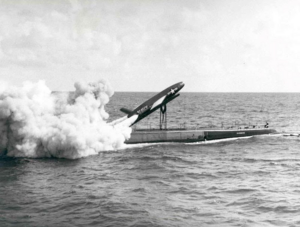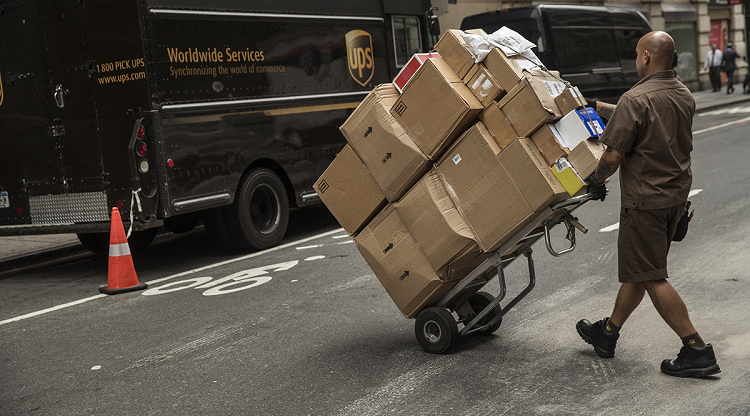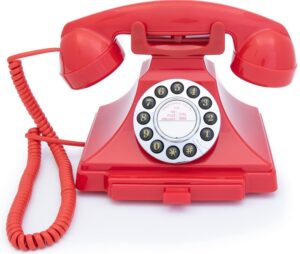THIS YEAR, an estimated 300 million Americans are shopping online. That’s 91 percent of the population. It has all kinds of implications, but one of the most important of them is what insiders call the last mile. Because no matter how much automation is implemented – robots in warehouses, electric trucks with or without drivers, drones – in the vast majority of cases, the package must be home delivered by the delivery driver. They are the one who covers the last mile to the customer’s front door.
America counts 1.3 million delivery drivers. They work mainly for US Mail, Fedex and UPS. And they are complaining, with good reason. Their number one annoyance is known as tip baiting, when customers have added a healthy delivery tip to their payment as an incentive, which they then remove or reduce once the package or packages have been delivered. In addition, one in five delivery drivers face customer requests to do a little monkey dance so that the security camera in the front door can record it. That video then appears somewhere on TikTok. If the delivery driver refuses, the customer complains to his boss about poor service.
HIS BOSS, because 83 percent of all delivery drivers in America are men. For the most part, they enjoy doing their jobs because they are outdoors all day. New software from Circuit does the route planning for them; all they have to do is follow it like a GPS. But when asked for their opinions recently, the majority said they could do with a little more appreciation. Delivery drivers are the most crucial, and vulnerable, link in the new economy of home shopping.
Prince William III of Orange already knew that. He was at the end of the seventeenth century not only Holland’s stadtholder, but also king of England, and by extension king of America. He commissioned America to set up a mail delivery system, “an office or offices for receiving, dispatching and delivering letters and pacquets.” That eventually became US Mail, molded into its current form by postmaster general George Cortelyou, scion of the Cortillon, Van Dyke, Hoogland and Stoothof families of Utrecht.
DELIVERY IN a town or city was a piece of cake. But it proved far from easy to also serve the more remote addresses, and America has remote residential locations galore. And so Cortelyou’s successor Arthur Summerfield announced a novelty. Arthur was a descendant of the Van Rensselaers of Nijkerk, from a family branch that had come to call itself Renselier. His father’s name was William Henry, named for Stadholder/Post Office King William (Hendrik) III of Orange Nassau. His novelty: no Saturday delivery, but rocket delivery.
He reserved a spot on the submarine USS Barbero, and had the warhead of a cruise missile replaced with a box containing 3,000 letters. For the occasion, he temporarily assigned post office status to the vessel. On June 8, 1959, the Barbero launched the missile, and within twenty minutes the mail landed near the Jacksonville Post Office in Florida. Summerfield was there, glowing with pride. “This peacetime employment of a guided missile for the important and practical purpose of carrying mail [is] of historic significance to the peoples of the entire world.” Because “we stand on the threshold of rocket mail!”
The effort remained a one-off, and Saturday delivery was quickly reinstated. Sixty years later, there is still no alternative, less than ever even, for how to cover the last mile. So: be nice to your delivery driver.

* A cruise missile carrying mail was launched from submarine USS Barbero on June 8, 1959, at the behest of Nijkerk descendant, postmaster general Arthur Summerfield. It was limited to one attempt.




